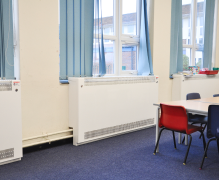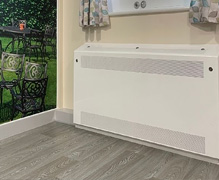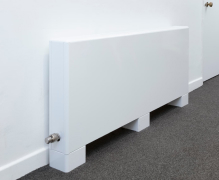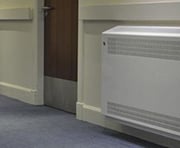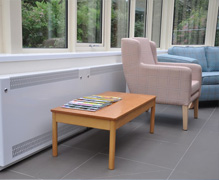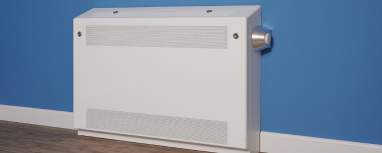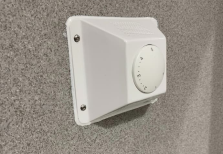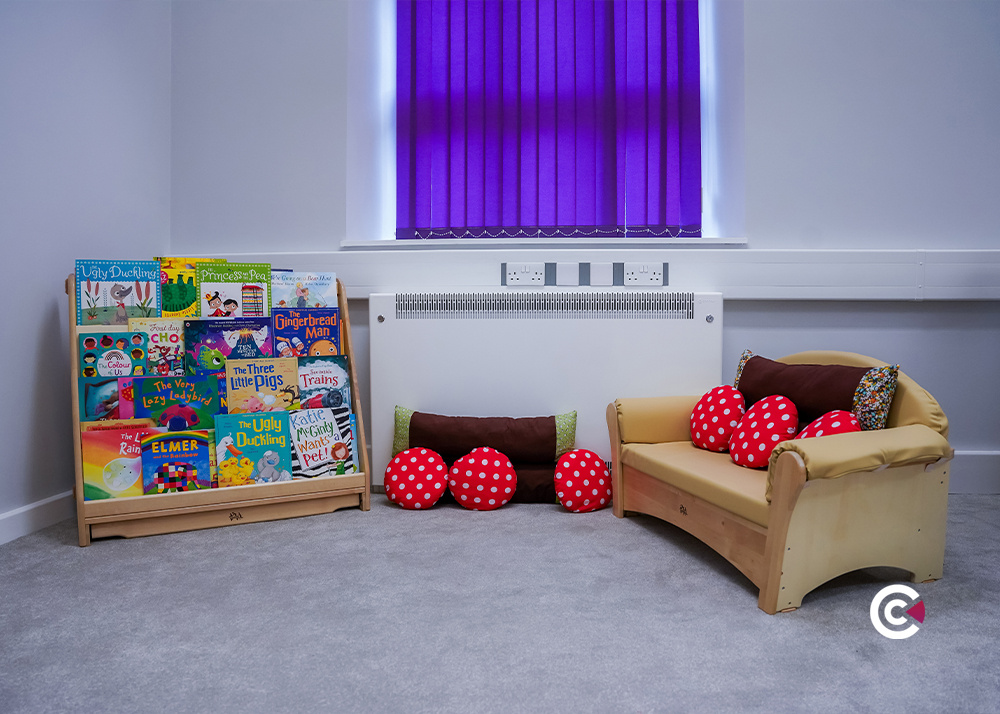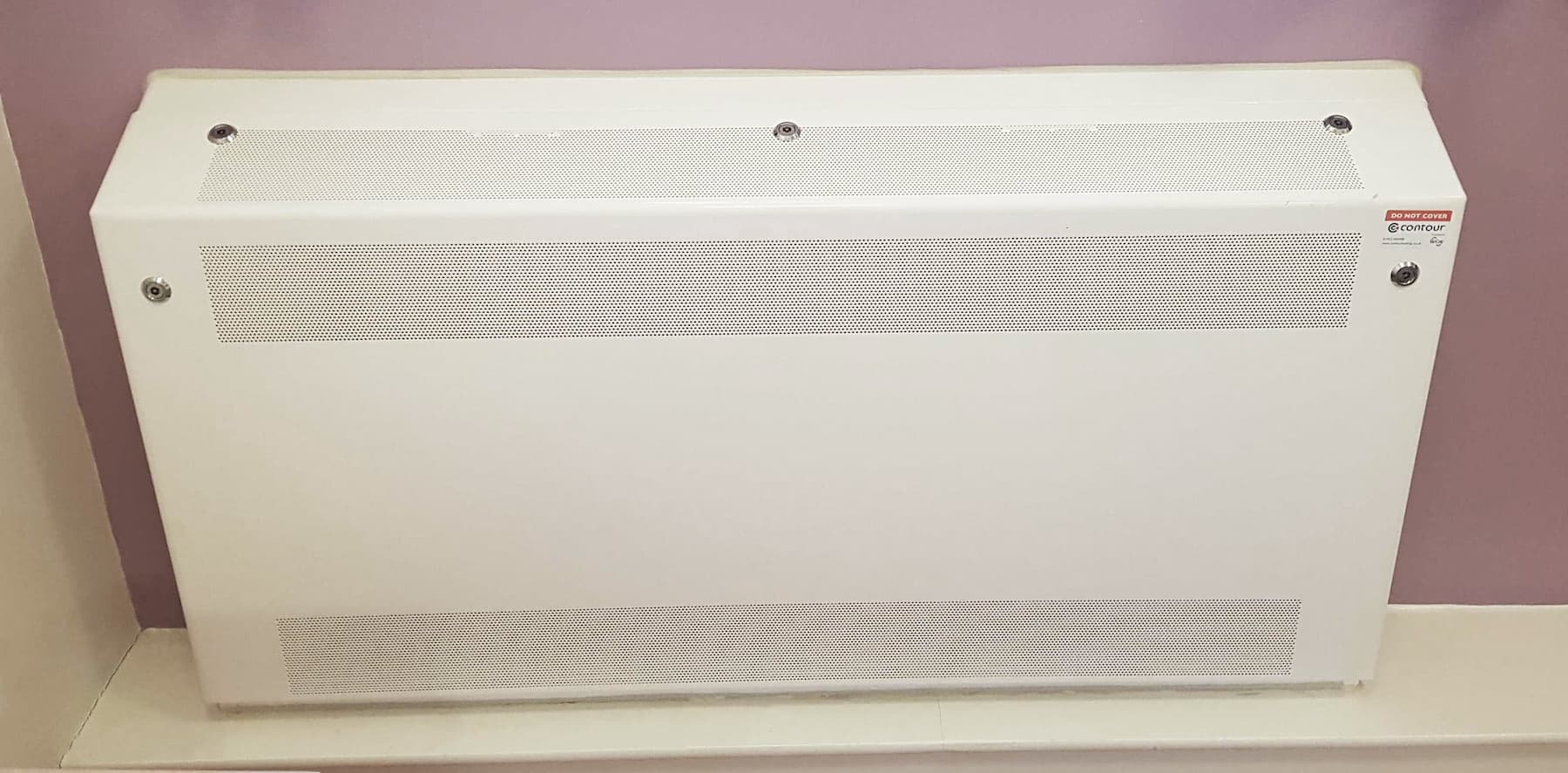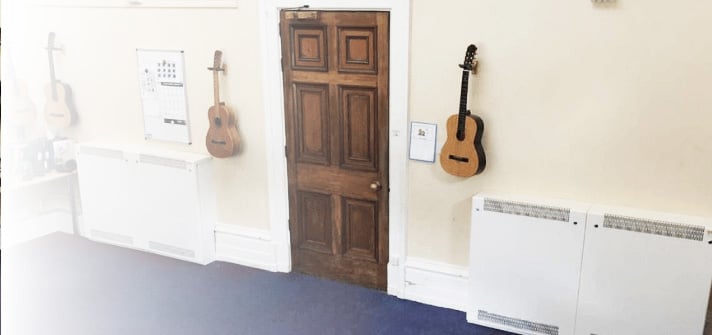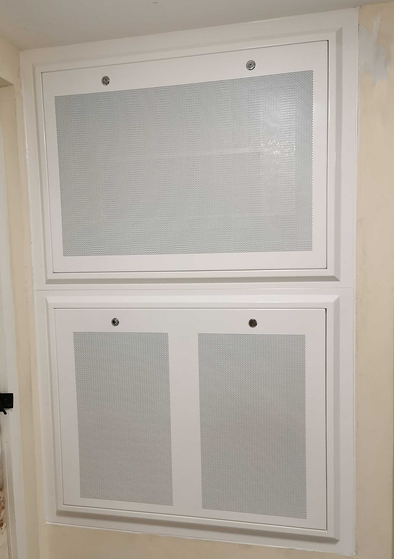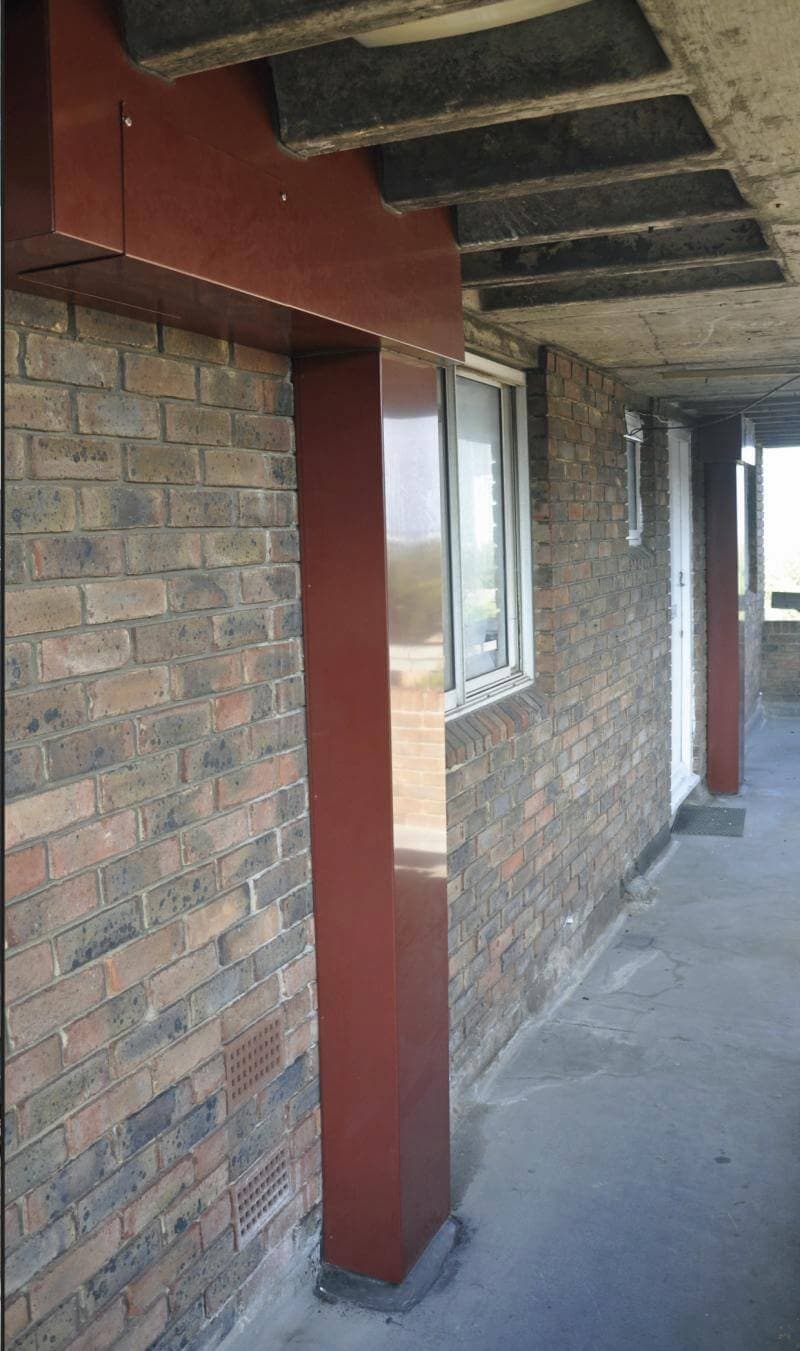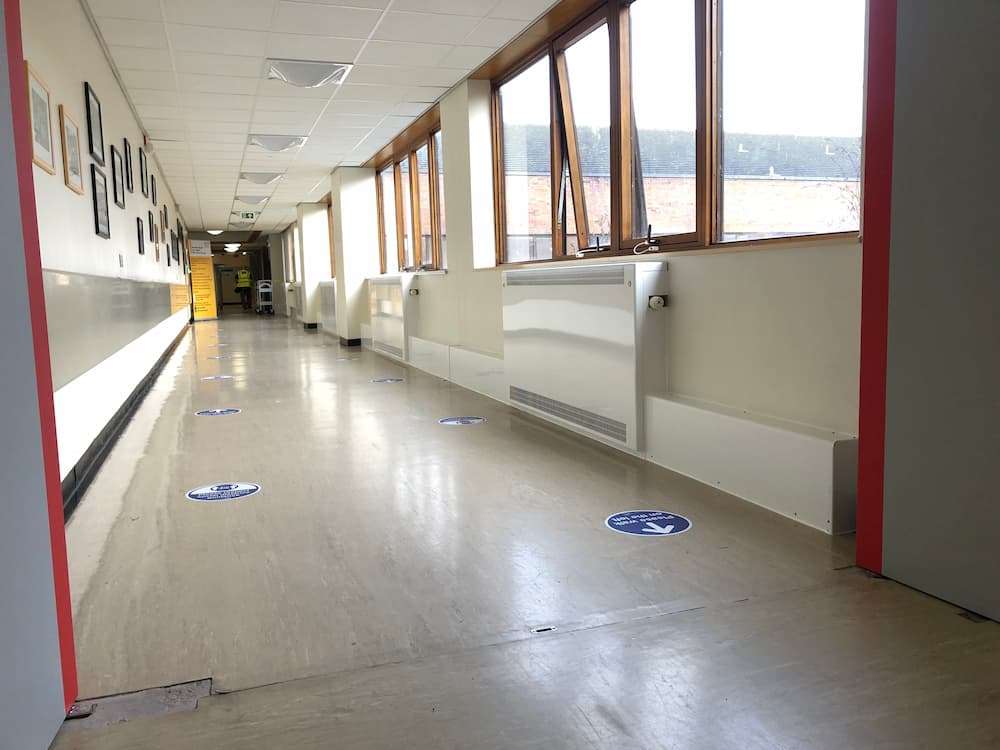In environments that cater to vulnerable individuals, such as mental health facilities, care homes, schools, and secure accommodations, the safety of the physical environment is paramount.
Windows, while essential for providing natural light and views of the outside world, can also pose significant risks if not properly secured. Protecting vulnerable individuals through strategic window solutions involves a careful balance between safety, security, and creating a therapeutic environment that promotes well-being.
This article explores the importance of implementing safe window solutions and outlines five effective strategies to enhance window safety in your facility.
The Importance of Safe Window Solutions
Windows are a vital component of any building, contributing to the overall atmosphere and comfort of the space. However, in settings where occupants are at risk—whether due to mental health challenges, physical disabilities, or security concerns—windows must be designed and protected in ways that mitigate these risks.
For vulnerable individuals, the potential dangers associated with windows include:
- self-harm
- accidental injury
- escape
- passing of contraband from external sources.
The presence of ligature points, breakable glass, and unsecured openings can all contribute to these risks. Therefore, implementing window solutions that address these concerns is essential to ensuring the safety and well-being of occupants.
Key Strategies for Enhancing Window Safety
1. Anti-ligature Window Solutions
Anti-ligature windows are specifically designed to eliminate points where a ligature could be attached, thereby preventing self-harm. These windows are particularly important in mental health facilities, where patients may be at risk of suicide or self-injury.
Fittings that make windows safe and secure have features such as:
- smooth surface
- hidden fixtures
- absence of external handles or fittings.
Additionally, anti-ligature windows often incorporate reinforced materials that are resistant to impact, further enhancing safety by preventing breakage and potential injury.
2. Impact-resistant Materials
Using materials that are resistant to breakage is a critical component of window safety in vulnerable settings.
Polycarbonate glazing, for example, is a popular choice for windows in high-risk environments because it is virtually unbreakable and does not shatter like traditional glass. This type of glazing ensures that even if a window is struck with force, it will not pose a danger to the occupants.
Additionally, impact-resistant windows can prevent unauthorised entry and protect against external threats, making them suitable for a wide range of vulnerable settings, including psychiatric wards, secure accommodations, and special education schools.
3. Window Restrictors
Window restrictors are devices that limit how far a window can be opened, reducing the risk of falls or escapes.
These devices are particularly useful in environments where individuals may be prone to wandering or where the risk of falls is high, such as care homes or facilities for individuals with dementia.
Window restrictors are typically easy to install and can be adjusted to allow for adequate ventilation while maintaining safety.
4. Security Grilles and Bars
The installation of security grilles or bars has previously been used to prevent unauthorised access or escape.
While effective in providing a physical barrier, it is important to consider the psychological impact of such measures. Security grilles and bars can create a prison-like atmosphere, which may be detrimental to the mental health of occupants. Therefore, where possible, these solutions should be designed in a way that minimises their visual impact and integrates seamlessly with the overall aesthetic of the building.
It is also important to ensure that these devices do not create new risks, such as entrapment or difficulty in accessing emergency exits.
5. Customised Window Solutions
Vulnerable settings often have unique architectural and safety requirements that off-the-shelf window solutions may not meet.
Customised window solutions allow for the design of windows that address specific needs, such as:
- whether it is the size and shape of the window
- the level of impact resistance required
- or the need for special coatings to reduce glare or enhance privacy.
Customisation ensures that windows contribute to both the safety and the therapeutic environment of the space, without compromising on aesthetics or functionality.
Balancing Safety with Therapeutic Environments
While safety is the primary concern in vulnerable settings, it is equally important to create an environment that is conducive to healing and well-being.
Natural light, views of nature, and a sense of openness can all contribute positively to the mental and emotional health of occupants. Therefore, window solutions must strike a balance between safety and the creation of a calming, therapeutic environment.
Anti-ligature windows, impact-resistant glazing, and window protectors can all be designed to allow for natural light and unobstructed views, ensuring that the space remains bright and welcoming.
Additionally, the use of customisation options, such as tinted glass or privacy films, can enhance the comfort of occupants while maintaining security.
Conclusion: Implementing Effective Window Solutions for Vulnerable Settings
Protecting vulnerable individuals in environments such as mental health facilities, care homes, and secure accommodations requires careful consideration of the risks associated with windows.
By implementing strategies such as anti-ligature designs, impact-resistant materials, window restrictors, and security grilles, facilities can create safe spaces that promote well-being and security.
Investing in the right window solutions is not just about compliance with safety regulations; it is about creating environments where vulnerable individuals can thrive. Whether through customised designs or the use of advanced materials, the goal is to provide protection without compromising on the therapeutic benefits of natural light and open views.
Find Out More
For more information on how Contour can help you enhance safety in your facility with specialised window solutions, click here to explore our range of products, or contact a member of our team.
-1.png)


